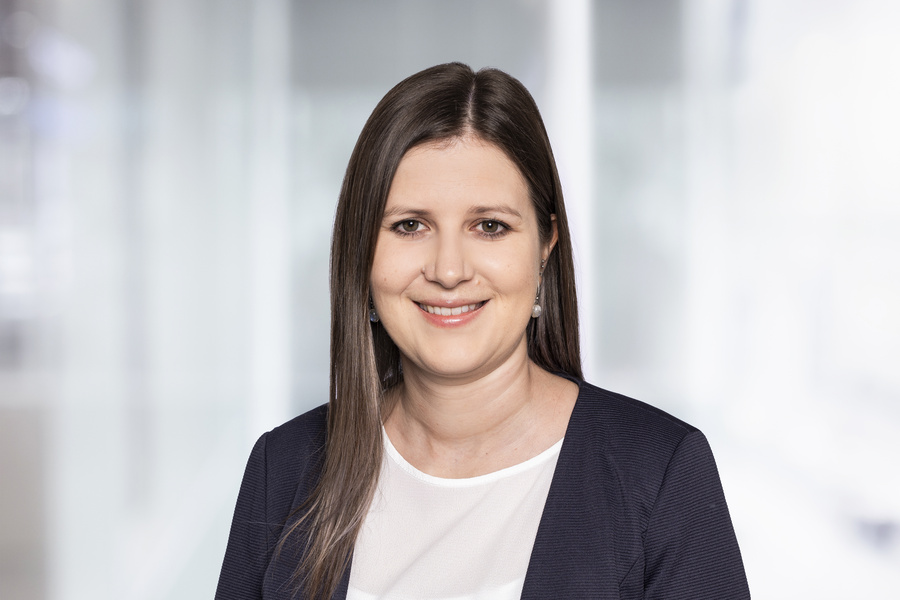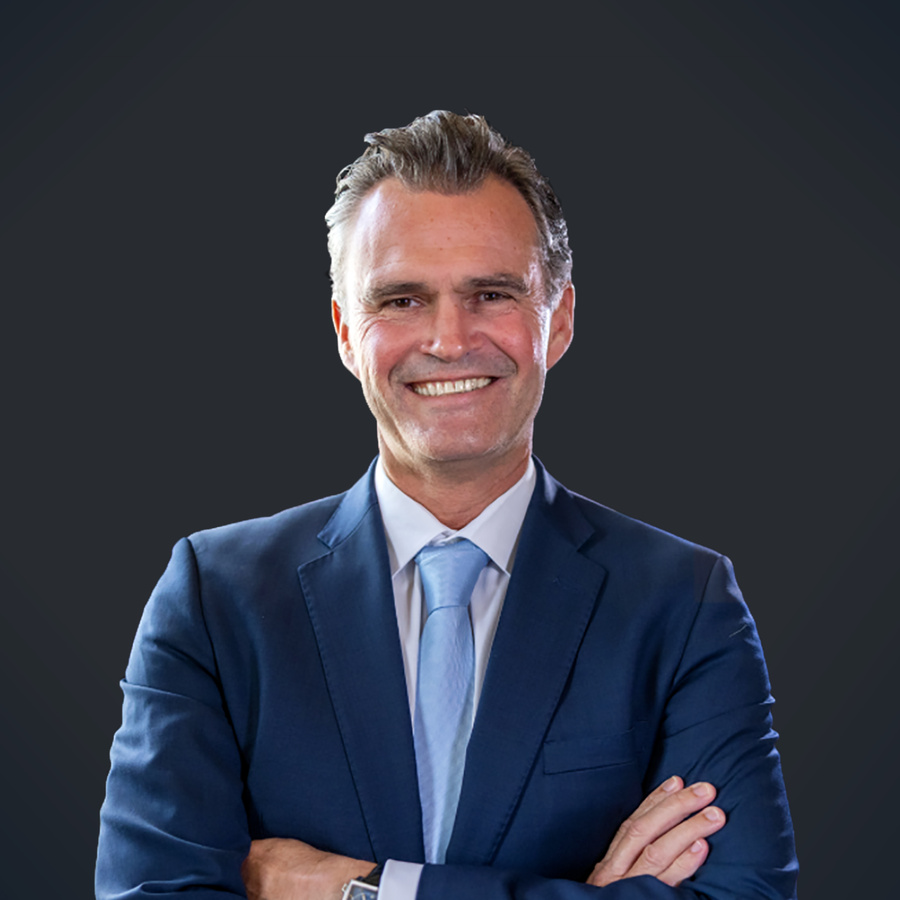What to consider when changing contracts
Pension funds were able to recover somewhat in the course of 2023. The Federal Council subsequently decided to raise the minimum interest rate to 1.25 % for mandatory occupational pension benefits. The risk and administrative costs of some pension funds have been reduced in recent years. As these can vary considerably between pension funds, it is worth obtaining a comparative quote for your existing pension fund solution.
Pension fund contracts are concluded for a period of three or five years. At the end of this period, they are tacitly renewed for a further year. However, they can be terminated at the end of the year with a notice period of 6 months (as per 30.06.). Important criteria that must be taken into account when switching:
- Are all insured persons 100% fit for work at the time of the change?
- How does interest accrue on the retirement assets for non-mandatory benefits?
- What is the funding ratio of the pension fund?
- How are the insured salary and benefits defined?
- How high are the administration costs?
We will be happy to support you in examining a possible change, as it is often difficult to compare the benefits and costs of the existing solution with an offer.
SME case study on occupational pension provision
The owner's wife works part-time (40%) in the SME company. She earns a gross salary of CHF 24,000.00 per year. This means that she must be insured in the pension fund. Does this make sense at all?
If a plan exists in accordance with the BVG, the coordination deduction is deducted from the gross salary of CHF 24,000.00. This means that only a minimum salary of CHF 3,675.00 is insured. With this low insured salary, the costs for risk and administration often exceed the savings contribution and the benefits that would be paid out in the future. As this makes little sense, a separate plan could be set up for the owner and his wife in addition to the mandatory BVG model. In this plan, the entire salary is insured without a coordination deduction or the coordination deduction for the wife's salary is adjusted to the part-time workload. This increases the insured salary and the share of savings and improves the risk benefits.
As soon as the wife is insured in the pension fund, she can also pay the full contribution of currently CHF 7,056.00 into the "small pillar 3a" and deduct it from her taxable income. Furthermore, the salary paid to the wife also represents an appreciation of the work performed in the SME company.
In the event of disability or death, the individual account with the AHV is used to calculate the disability or survivor's pension. It therefore makes sense to calculate an AHV salary for the woman, as this would result in significantly higher pensions in the event of disability or death.
Your Senior Consultant Fiduciary or the author will be happy to answer your questions or review your current situation.







